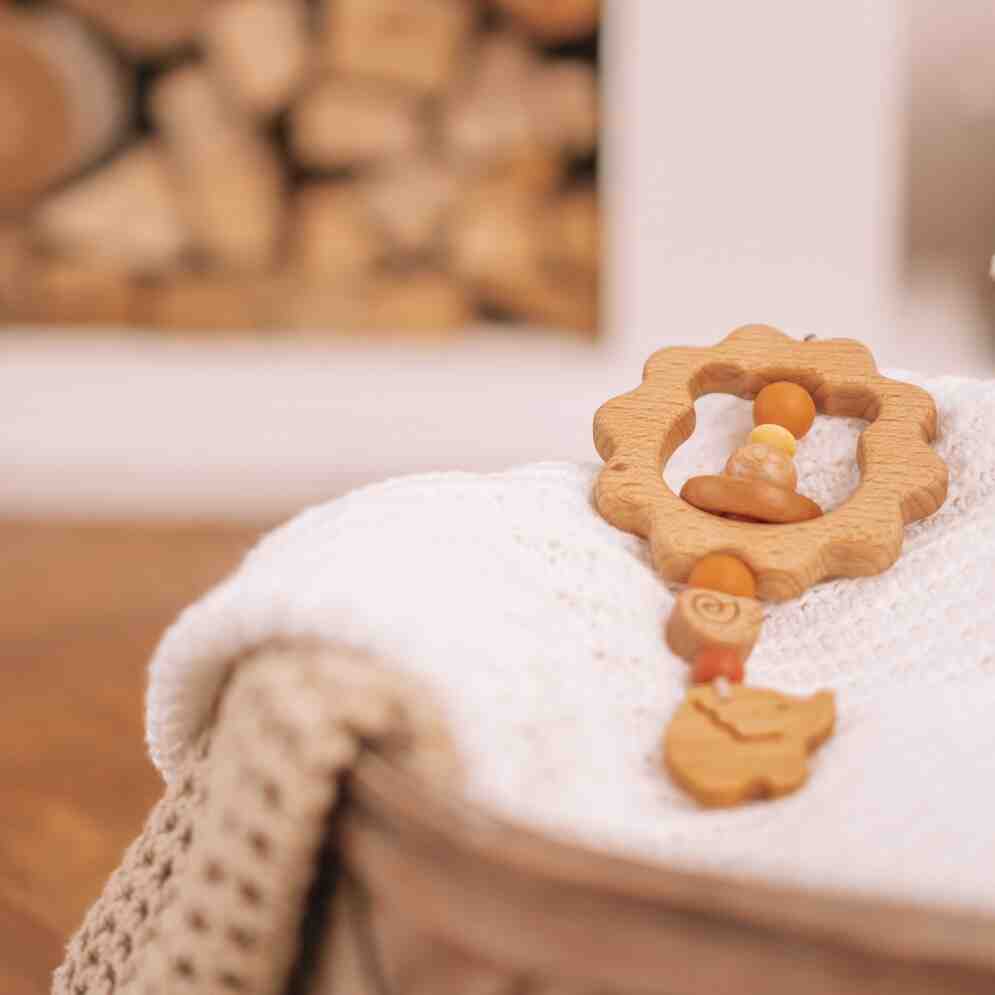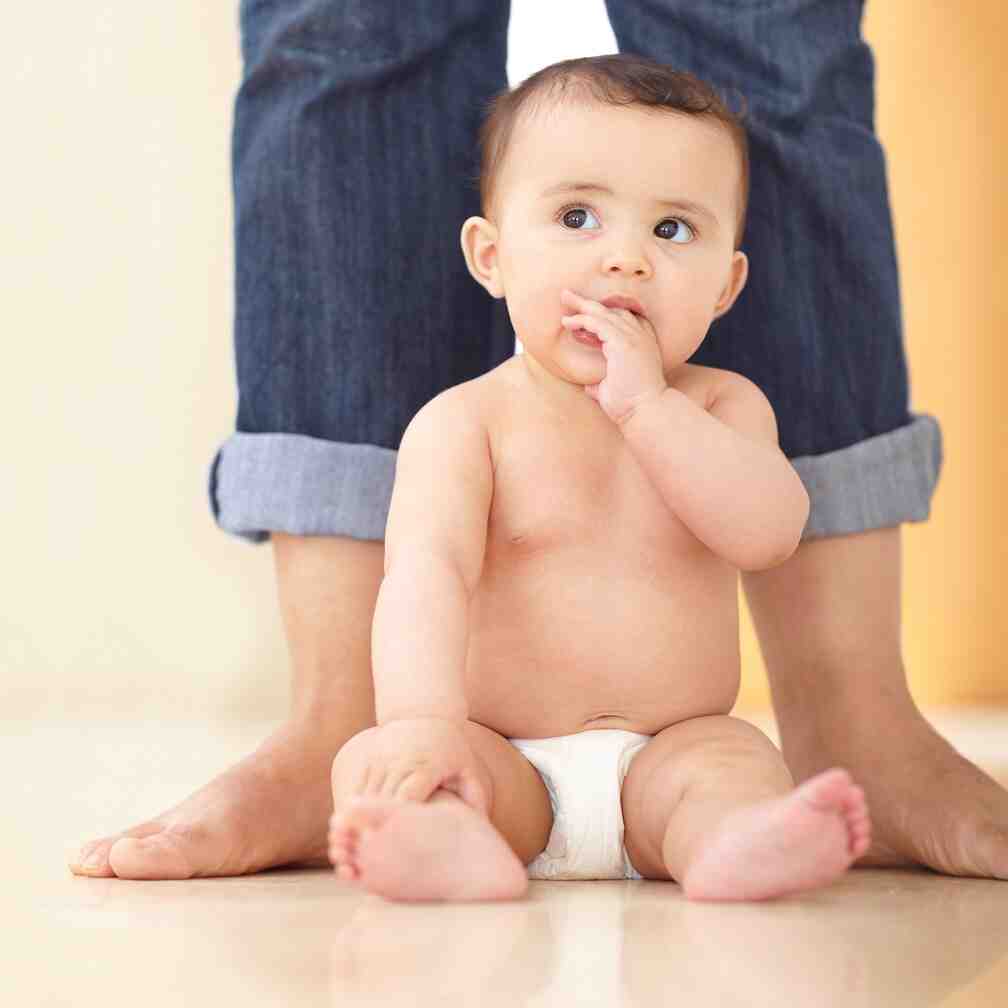When Do Babies Start Teething? A Complete Guide
Teething is an exciting yet challenging milestone in a baby’s development. While every baby is different, understanding when teething typically begins and what to expect can help parents navigate this stage with confidence.
When Do Babies Start Teething? Most babies begin teething between 4 to 7 months, though some may start as early as 3 months or as late as 12 months. The first teeth to emerge are usually the lower central incisors (bottom front teeth), followed by the upper central incisors (top front teeth).
Typical Teething Timeline
- 3 to 6 months: Early teething symptoms may appear, such as drooling and increased chewing.
- 4 to 7 months: The first teeth (lower central incisors) begin to break through the gums.
- 8 to 12 months: Upper central incisors emerge.
- 9 to 16 months: First molars and lateral incisors appear.
- 13 to 19 months: Canine teeth begin to come in.
- 16 to 24 months: Second molars emerge, completing the primary set of 20 baby teeth.
Signs Your Baby is Ready for a Teether
Teething is a natural developmental stage, but not all babies begin at the same time. Recognizing the signs that your baby is ready for a teether can help you provide relief before discomfort escalates. Here are some common signs that your baby may need a teether:
1. Increased Drooling Excessive drooling is often one of the earliest signs of teething. If you notice your baby soaking through bibs or clothing frequently, their teeth may be starting to push through the gums.
2. Frequent Chewing and Biting Babies who are teething tend to chew on everything within reach, from their fingers to toys and household items. This is their way of soothing sore gums and applying pressure to emerging teeth.
3. Irritability and Fussiness As teeth begin to emerge, babies may become more irritable or fussy due to the discomfort. If your baby seems unusually cranky without an obvious reason, teething could be the culprit.
4. Swollen or Red Gums Take a look inside your baby’s mouth. If their gums appear red, swollen, or tender, it’s a sign that teeth are moving beneath the surface, causing discomfort.
5. Changes in Eating Habits Some babies lose their appetite or become fussier with feedings because sucking on a bottle or nursing can put pressure on their sore gums. Others may want to nurse or bottle-feed more for comfort.
6. Sleep Disruptions Teething discomfort can make it harder for babies to fall asleep or stay asleep through the night. If your baby is waking up more frequently than usual, teething may be the reason.
7. Increased Hand-to-Mouth Behavior If your baby is constantly putting their fingers, hands, or toys in their mouth, they may be trying to find relief from teething pain.
How to Soothe a Teething Baby
- Provide a safe teether made of silicone, wood, or rubber to help massage sore gums.
- Use a chilled (not frozen) teether to provide cooling relief.
- Gently massage your baby’s gums with a clean finger.
- Offer a damp, cold washcloth for your baby to chew on.
Conclusion Recognizing the signs of teething early allows you to prepare soothing remedies before your baby becomes too uncomfortable. If you notice increased drooling, fussiness, or a desire to chew on everything, it’s a good time to introduce a teether to help ease their discomfort. Selecting the right teether can make a significant difference in keeping your baby comfortable during this milestone.
How to Choose the Right Teether for Your Baby
Teething is a crucial stage in your baby’s development, often accompanied by discomfort, irritability, and excessive drooling. A well-chosen teether can provide relief and make the experience more manageable for both babies and parents. With numerous options available, selecting the right teether can be overwhelming. This guide will help you understand what to look for when choosing the best teether for your baby.
Factors to Consider When Choosing a Teether
1. Material Teethers come in various materials, each with its own advantages:
- Silicone: Soft, flexible, and easy to clean. BPA-free, food-grade silicone is a popular choice.
- Wood: Natural, antibacterial, and eco-friendly. Hardwood options like maple and beechwood are safe and durable.
- Rubber: Made from natural rubber (like Sophie la Girafe), these teethers are soft yet durable.
- Fabric: Some teethers incorporate organic cotton or muslin for additional comfort and texture variety.
2. Safety
- Ensure the teether is BPA-free, PVC-free, and phthalate-free to avoid harmful chemicals.
- Opt for a one-piece design to prevent choking hazards from small parts.
- Avoid teethers filled with liquid that could leak or break over time.
3. Texture and Design
- Look for multiple textures to help massage sore gums and provide sensory stimulation.
- Consider teethers with different shapes, such as rings, keys, or animal designs, to engage your baby’s curiosity.
- Teethers with handles or loops make gripping easier for little hands.
4. Ease of Cleaning
- Silicone teethers are dishwasher-safe and easy to sterilize.
- Wooden teethers require wiping with a damp cloth and occasional oiling.
- Fabric teethers should be machine washable or easy to hand wash.
5. Temperature Sensitivity
- Some teethers, like gel-filled or water-filled options, can be refrigerated for extra cooling relief.
- Silicone and rubber teethers can also be placed in the fridge but should not be frozen solid, as extreme cold can harm your baby’s gums.
Best Types of Teethers for Different Needs
- For Sensitive Gums: Soft silicone or rubber teethers are gentle yet effective.
- For More Pressure Relief: Wooden teethers provide a firm surface for stronger chewing needs.
- For Extra Cooling Relief: Refrigerated gel-filled or silicone teethers can help numb sore gums.
- For Multi-Sensory Stimulation: Textured, fabric, or combination teethers offer different sensations for babies.
Conclusion Choosing the right teether depends on your baby’s needs, preferences, and safety considerations. Whether you opt for a soft silicone teether, a natural wooden teether, or a cooling option, the key is to ensure it is safe, durable, and easy to clean. By selecting a high-quality teether, you can help soothe your baby’s discomfort and make the teething process more manageable for both of you.





